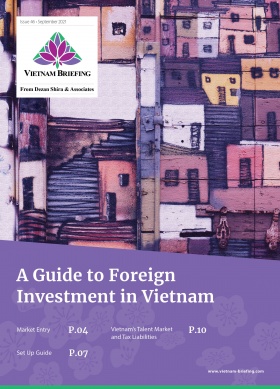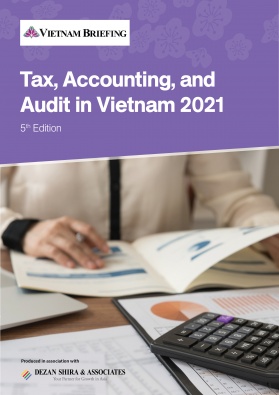Vietnam’s Circular 6 on Social Insurance
Vietnam’s labor ministry issued Circular 06/2021/TT (Circular 6) amending and supplementing Circular 59 on mandatory social insurance. The circular came into effect on September 1 and also provides guidance on other issues including sickness benefits as well as maternity leave.
We highlight the main points below.
Income calculated for social insurance
As per Circular 6, since January 1, 2021, the regulations for monthly salary for mandatory social insurance is based on the salary by the respective job or title. This will depend on salary as per the employer in the labor contract. For employees who receive wages based on products or a package salary, the salary will be calculated by time to determine the product unit price or package salary. This also includes any additional amounts specified in the labor contract and paid regularly during each pay period.
However, Circular 6 notes that the monthly salary on which social insurance is based does not include other benefits including mid-shift meal allowance, fuel costs, phone, travel and accommodation allowances, childcare and babysitting benefits, and benefits granted to employees due to an accident at work or occupation disease among others.
Mandatory social insurance
Informal workers that are part-time in communes, wards, and townships and are concurrently in labor contacts have to contribute to social insurance. These include indefinite labor term contracts, definite labor contracts, seasonal labor contracts, or job contracts with terms between three to 12 months as well as one to three months.
Maternity benefits
For female employees, if a child dies or is stillborn, maternity benefits and a one-time allowance at childbirth is calculated as per the number of children born including stillborn or deceased children. This is an improvement to Circular 59 which only granted benefits to children that were still alive at birth.
For male employees, they are entitled to childbirth allowance in case the mother participates in social insurance but is not eligible for maternity benefits when giving birth as long as the male employee participates in social insurance by paying the contribution for the full six months within a 12-month period before the child is born. The allowance is equal to two months’ basic salary when the child is born.
Sickness benefits
As per Circular 6, regarding long-term sickness benefits when not taking a full month, the sickness allowance is calculated from the starting date to the preceding date of the preceding month. Further, the entire period of sick leave (rounded up) of the employee is entitled to a regime equal to 75 percent of the monthly salary of the compulsory social insurance that the employee pays.
Therefore the allowance of the sickness benefits is calculated as below but the maximum is equal to the allowance level of the sickness benefits of a month.
The number of days off availing sickness benefits includes holidays, New Year holidays, and weekly rest days.
For instances where the employee subject to compulsory social insurance contributions falls sick, has an accident that is not an occupational accident, or has to take time off work to take care of their sick child under 7 years old, but the time off from work is 14 working days or more in a month (including unpaid leave), then the sickness allowance is calculated on the salary paid for social insurance of the month immediately preceding the resignation.
If the employee continues to be sick in the following months and has to take leave, the sickness allowance is calculated on the monthly salary as the basis for social insurance the preceding month.
About Us
Vietnam Briefing is produced by Dezan Shira & Associates. The firm assists foreign investors throughout Asia from offices across the world, including in Hanoi, Ho Chi Minh City, and Da Nang. Readers may write to vietnam@dezshira.com for more support on doing business in Vietnam.
We also maintain offices or have alliance partners assisting foreign investors in Indonesia, India, Singapore, The Philippines, Malaysia, Thailand, Italy, Germany, and the United States, in addition to practices in Bangladesh and Russia.
- Previous Article Vietnam’s Retail Industry: Economic Needs Test
- Next Article Vietnam Issues Resolutions Supporting Employees, Employers Affected by Pandemic







